
The Toyota Landcruiser 70 series, called the “Hardtops,” are a standard fleet vehicles for missionaries and humanitarian workers in remote areas. These are heavy duty four wheel drive vehicles that are designed for off-road terrain and rough use. Here is an overview of the current models. The models listed are the ones stocked by Toyota Gibraltar Stockholdings (TGS), who provide vehicles for the UN and other humanitarian organizations.
Common Features:
- 1KZ 4.2liter Diesel engine; 6 cylinders
- 5-speed manual transmission
- 4 Wheel Drive
- Available in both left-hand and right-hand drive models
- Suspension: Front – coil; Rear – leaf
- Brakes: Front – disc; Rear – drum
- 90 liter fuel tank
- Tires: 7.50R16-8
The Land Cruiser 76 Series Hardtop
- Doors: 5
- Seats: 10
- Wheelbase: 2,730mm
- Clearance: 230mm
- Weight: 3,000kg
- Payload: 820kg
- TGS Website
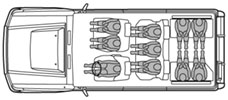
The Land Cruiser 78 Series Hardtop
- Doors: 3
- Seats: 6 (forward facing with cargo space) or
- Seats: 13 (inward facing rear bench seats)
- Extra 90-liter fuel tank
- Wheelbase: 2,980mm
- Clearance: 230mm
- Weight: 3,200kg
- Payload: 1,015kg
- TGS Website: 6-seater 13-seater
The Land Cruiser 79 Series Pickup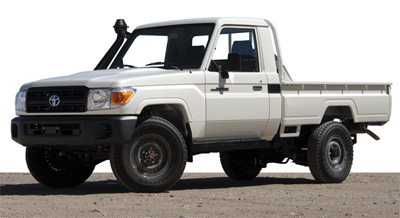
- 2 doors
- 3 seater
- Extra 90-liter fuel tank
- Wheelbase: 3,180mm
- Clearance: 235mm
- Weight: 3,200kg
- Payload: 1,105kg
- TGS Website
Additional Resources:
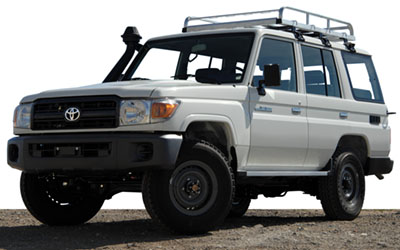
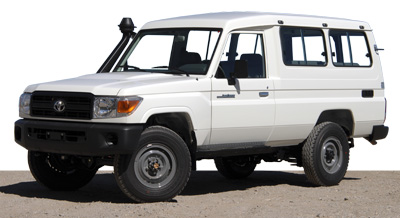

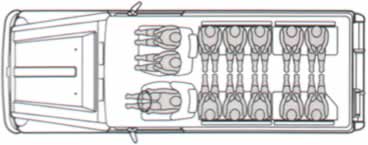
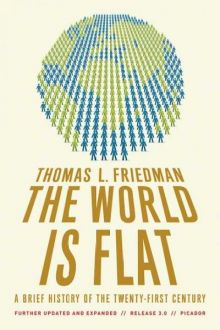 In The World is Flat, Thomas Friedman, foreign affairs columnist for the New York Times, describes how the world has become a more equal playing field to many of its people and the resulting implications. Friedman begins his book by giving examples of global out-sourcing and the extent of global communication. He explains how new technology has resulted in creating a level playing field, or a “
In The World is Flat, Thomas Friedman, foreign affairs columnist for the New York Times, describes how the world has become a more equal playing field to many of its people and the resulting implications. Friedman begins his book by giving examples of global out-sourcing and the extent of global communication. He explains how new technology has resulted in creating a level playing field, or a “
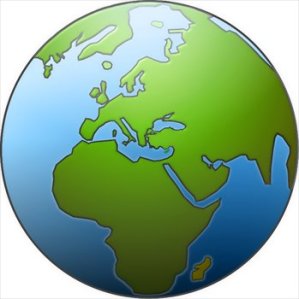 How does globalization affect the church and missionary work? Here are links to help you quickly gather the ideas from four key books. These may help you better understand and discuss globalization and the world in which we live.
How does globalization affect the church and missionary work? Here are links to help you quickly gather the ideas from four key books. These may help you better understand and discuss globalization and the world in which we live.
